A record-breaking experiment shows an enormous molecule is also both a particle and a wave—and that quantum effects don’t only apply at tiny scales.


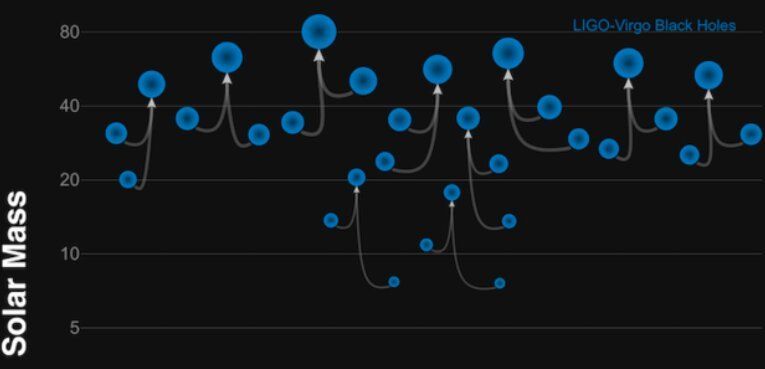
A few years ago, the LIGO/Virgo collaboration detected gravitational waves arising from a binary black hole merger using the two detectors of the Laser Interferometer Gravitational-Wave Observatory (LIGO). This eventually led to the observation of black holes with masses that are roughly 30 times the mass of the sun. Since then, researchers worldwide have been investigating these black holes, specifically examining whether they could be of primordial origin, meaning that they were produced in the early universe before stars and galaxies were formed.
Hooman Davoudiasl, a theoretical physicist at the Brookhaven National Laboratory in New York, has recently introduced a new theory suggesting that the black holes observed by the LIGO/Virgo collaboration originate from a first order quark confinement phase transition. In his paper, published in Physical Review Letters, Davoudiasl implemented this idea using a light scalar that could turn out to be a good dark matter candidate.
Recent detections by the LIGO/Virgo collaboration suggest that there are several black holes that have similar masses (approximately 30 solar masses). This suggests that there might be a population of black holes that are characterized by a typical mass value.


Theorists attribute the unexpectedly slow thermalization of cold atoms seen in recent experiments to an effect called quantum many-body scarring.
×
Researchers still have some way to go before they can assemble enough quantum bits (qubits) to make a practical, large-scale quantum computer. But already the best prototypes, made up of several tens of qubits, are opening our eyes to new behavior in the quantum realm. Last year, a team from Harvard University and the Massachusetts Institute of Technology (MIT) unveiled a quantum “simulator” made up of a row of 51 interacting atoms [1]. Exciting the individual atoms in various patterns (Fig. 1), they discovered something unexpected: atoms in certain patterns took at least 10 times longer to relax towards thermal equilibrium than atoms in other patterns. Four groups of theorists have tried to make sense of this observation [2–6], in all cases attributing the slow thermalization to a never-before-seen effect called quantum many-body scarring.
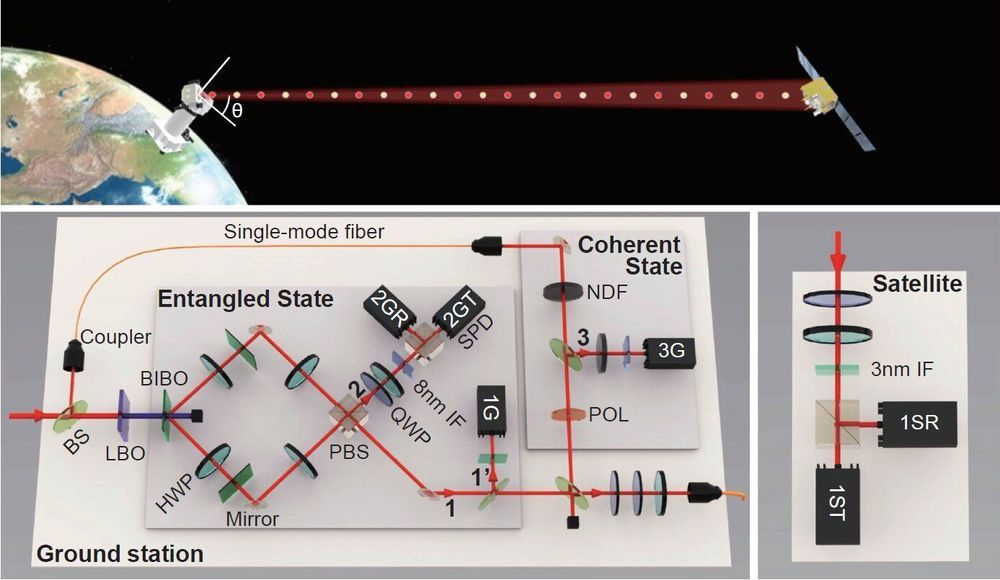
Quantum mechanics and the general theory of relativity form the bedrock of the current understanding of physics—yet the two theories don’t seem to work together. Physical phenomena rely on relationship of motion between the observed and the observer. Certain rules hold true across types of observed objects and those observing, but those rules tend to break down at the quantum level, where subatomic particles behave in strange ways.
An international team of researchers developed a unified framework that would account for this apparent break down between classical and quantum physics, and they put it to the test using a quantum satellite called Micius. They published their results ruling out one version of their theory on Sept 19th in Science.
Micius is part of a Chinese research project called Quantum Experiments at Space Scale (QUESS), in which researchers can examine the relationship with quantum and classical physics using light experiments. In this study, the researchers used the satellite to produce and measure two entangled particles.

An international team of researchers led by scientists at Princeton University has found that a magnetic material at room temperature enables electrons to behave counterintuitively, acting collectively rather than as individuals. Their collective behavior mimics massless particles and anti-particles that coexist in an unexpected way and together form an exotic loop-like structure.
The key to this behavior is topology—a branch of mathematics that is already known to play a powerful role in dictating the behavior of electrons in crystals. Topological materials can contain massless particles in the form of light, or photons. In a topological crystal, the electrons often behave like slowed-down light yet, unlike light, carry electrical charge.
Topology has seldom been observed in magnetic materials, and the finding of a magnetic topological material at room temperature is a step forward that could unlock new approaches to harnessing topological materials for future technological applications.
Where were you before you were conceived?
The question itself has no meaning: there was no “you” to be anywhere at all.
Asking questions like “what happened before the Big Bang?” is similarly meaningless.
Confused? You see, the birth of the Universe is not just the birth of subatomic particles and energy, it is also the beginning of time and space.
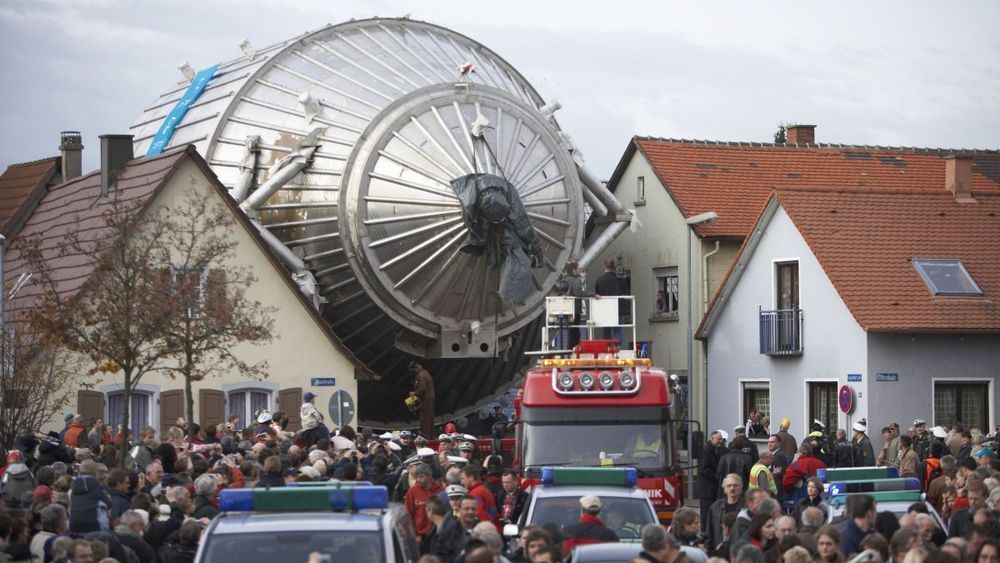
An experiment nearly two decades in the making has finally unveiled its measurements of the mass of the universe’s most abundant matter particle: the neutrino.
The neutrino could be the weirdest subatomic particle; though abundant, it requires some of the most sensitive detectors to observe. Scientists have been working for decades to figure out whether neutrinos have mass and if so, what that mass is. The Karlsruhe Tritium Neutrino (KATRIN) experiment in Germany has now revealed its first result constraining the maximum limit of that mass. The work has implications for our understanding of the entire cosmos, since these particles formed shortly after the Big Bang and helped shape the way structure formed in the early universe.
“You don’t get a lot of chances to measure a cosmological parameter that shaped the evolution of the universe in the laboratory,” Diana Parno, an assistant research professor at Carnegie Mellon University who works on the experiment, told Gizmodo.
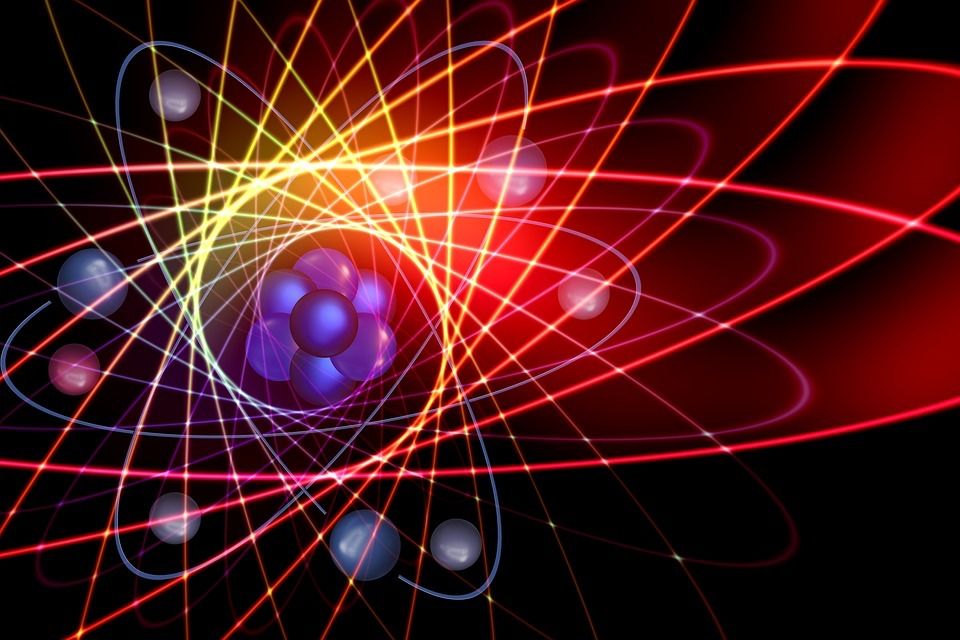
Wave function represents the quantum state of an atom, including the position and movement states of the nucleus and electrons. For decades researchers have struggled to determine the exact wave function when analyzing a normal chemical molecule system, which has its nuclear position fixed and electrons spinning. Fixing wave function has proven problematic even with help from the Schrödinger equation.
Previous research in this field used a Slater-Jastrow Ansatz application of quantum Monte Carlo (QMC) methods, which takes a linear combination of Slater determinants and adds the Jastrow multiplicative term to capture the close-range correlations.
Now, a group of DeepMind researchers have brought QMC to a higher level with the Fermionic Neural Network — or Fermi Net — a neural network with more flexibility and higher accuracy. Fermi Net takes the electron information of the molecules or chemical systems as inputs and outputs their estimated wave functions, which can then be used to determine the energy states of the input chemical systems.
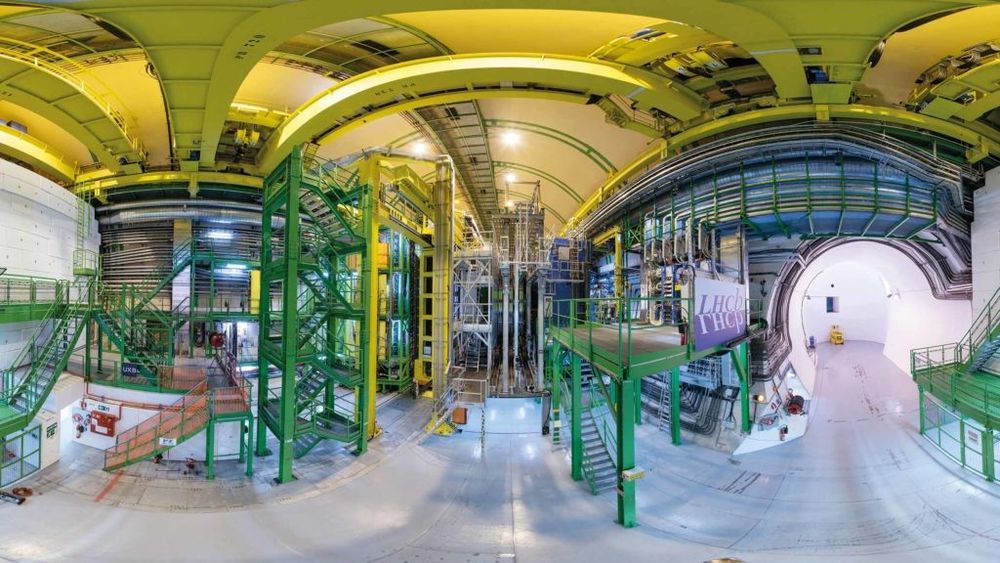
Particle physicists are planning the successor to CERN’s Large Hadron Collider – but how will they deal with the deluge of data from a future machine and the proliferation of theoretical models? Michela Massimi explains why a new scientific methodology called “model independence” could hold the answer.
It’s been an exciting few months for particle physicists. In May more than 600 researchers gathered in Granada, Spain, to discuss the European Particle Physics Strategy, while in June CERN held a meeting in Brussels, Belgium, to debate plans for the Future Circular Collider (FCC). This giant machine – 100 km in circumference and earmarked for the Geneva lab – is just one of several different projects (including those in astroparticle physics and machine learning) that particle physicists are working on to explore the frontiers of high-energy physics.
CERN’s Large Hadron Collider (LHC) has been collecting data from vast numbers of proton–proton collisions since 2010 – first at an energy of 8 TeV and then 13 TeV during its second run. These have enabled scientists on the ATLAS and CMS experiments at the LHC to discover the Higgs boson in 2012, while light has also been shed on other vital aspects of the Standard Model of particle physics.